Home>Garden Essentials>How Long To Leave Hay On Grass Seed
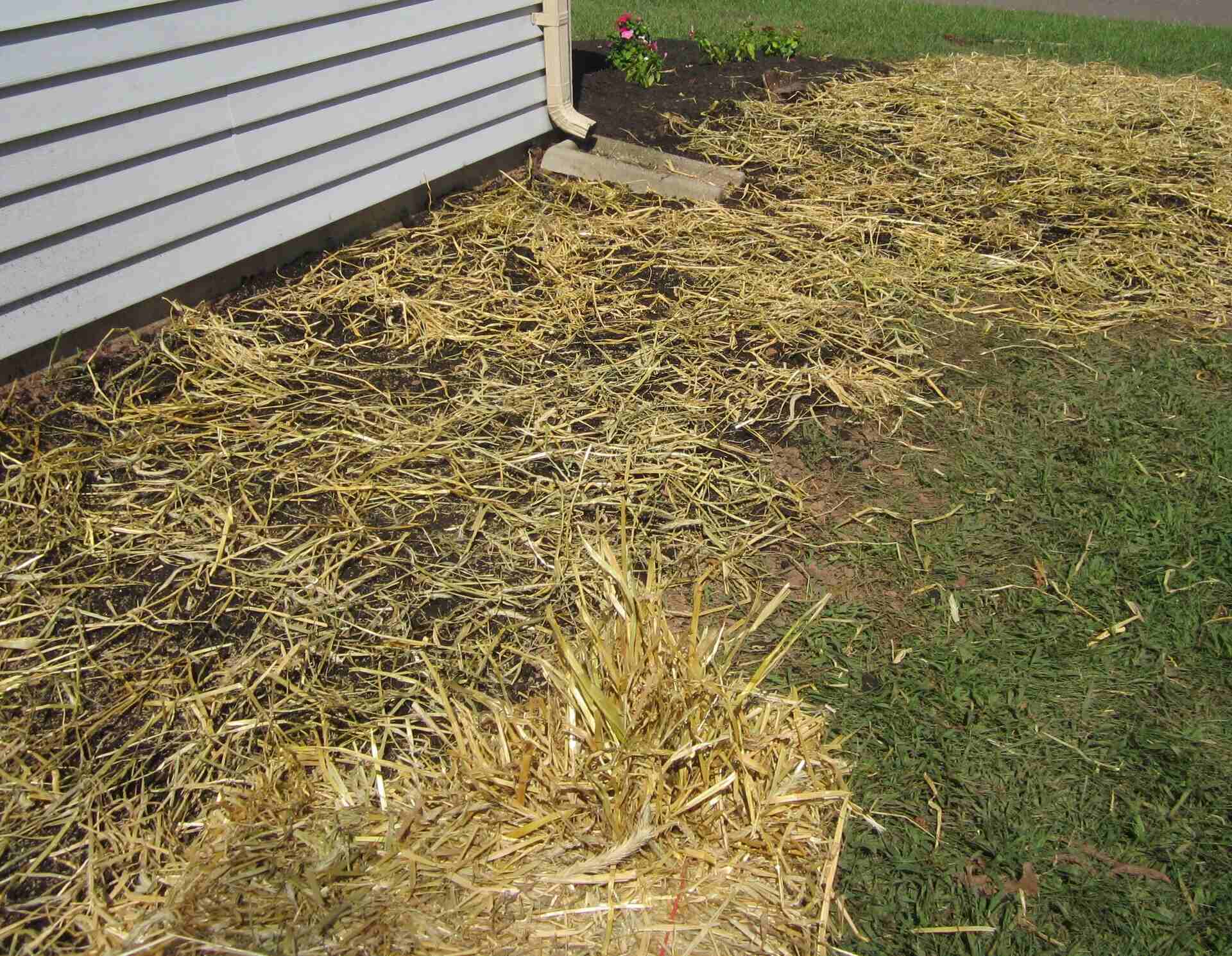

Garden Essentials
How Long To Leave Hay On Grass Seed
Modified: May 6, 2024
Find out how long you should leave hay on your grass seed for optimal garden growth. Speed up your garden's progress with this expert guide.
(Many of the links in this article redirect to a specific reviewed product. Your purchase of these products through affiliate links helps to generate commission for Storables.com, at no extra cost. Learn more)
Introduction
Welcome to the world of gardening! Whether you are a seasoned green thumb or just starting out, understanding the process of seeding and maintaining a lush, healthy lawn is crucial. One common question that arises during the lawn establishment phase is how long to leave hay on grass seed. In this article, we will delve into the factors that influence the duration of hay on grass seed, the recommended time for leaving hay, and the potential consequences of leaving it on for too long or removing it too early.
Grass seed is delicate and requires a conducive environment to germinate and establish roots. The presence of hay on the seeded area has several benefits. First, it acts as a protective layer, shielding the seeds from harsh weather conditions such as heavy rains and strong winds. Second, it helps retain moisture in the soil, preventing the seeds from drying out. Finally, it aids in temperature regulation, keeping the soil warmer during colder months and cooler during hot summer days.
However, leaving hay on grass seed for too long can have adverse effects. The hay can become a breeding ground for mold and fungi, which can kill the young seedlings. Additionally, prolonged hay coverage may prevent sunlight from reaching the germinating seeds, inhibiting their growth. On the other hand, removing the hay too early can expose the delicate seedlings to harsh conditions, leading to their demise.
Understanding the factors that influence the duration of hay on grass seed will help you make an informed decision and ensure successful lawn establishment. Let’s dive into these factors in more detail in the following section.
Key Takeaways:
- Don’t leave hay on grass seed for too long! It can lead to mold, poor air circulation, lack of sunlight, weed growth, and delayed seedling development. Find the right balance for a healthy lawn.
- Removing hay too early can expose seedlings to harsh conditions, increase soil erosion, promote weed competition, and slow growth. Gradually remove hay to protect and nurture your grass seedlings.
Read more: How Long For Hay To Germinate
Factors Affecting Duration of Hay on Grass Seed
Several factors come into play when determining how long to leave hay on grass seed. It is essential to consider these factors to provide the ideal conditions for optimal seed germination and establishment. Let’s explore the key factors that influence the duration of hay coverage:
1. Germination Time
The germination time of different grass species varies. Some grasses germinate within a week, while others take several weeks. It is crucial to research the specific germination timeline for the grass seed you are using. Once the majority of seeds have germinated and the seedlings have started to emerge, the hay can be gradually removed.
2. Weather Conditions
Weather conditions play a vital role in determining the duration of hay coverage. If the weather is favorable, with moderate temperatures and consistent moisture levels, the hay can be left on for a shorter duration. However, if the weather is harsh, characterized by extreme heat or heavy rainfall, it may be necessary to keep the hay on for a longer period to protect the seedlings.
3. Soil Moisture Levels
Proper soil moisture is crucial for seed germination. If the soil is too dry, the seeds may not germinate at all. Conversely, if the soil is excessively wet, it can lead to rotting of the seeds or fungal growth. Monitoring and maintaining optimal soil moisture levels is essential to determine the appropriate duration of hay coverage.
Read more: How To Plant Hay Seed
4. Seedling Growth
Observing the growth of the seedlings is another factor to consider. Once the seedlings have developed their first set of true leaves and have established a robust root system, they can withstand mild stressors. At this stage, the hay can be gradually removed to allow more sunlight to reach the seedlings and promote their further growth.
5. Weed Pressure
Weed competition can inhibit the growth of young grass seedlings. Leaving the hay on for too long can provide a favorable environment for weed growth. It is crucial to monitor the area for weed presence and remove the hay if weed pressure becomes significant.
Consider these factors in combination and make a judgment based on the specific conditions of your lawn. It is also advisable to consult local gardening experts or extension services for personalized advice.
Recommended Time for Leaving Hay on Grass Seed
While the specific duration of leaving hay on grass seed may vary depending on various factors, there are some general guidelines to follow. It’s important to strike a balance between providing protection for the seedlings and allowing them to receive adequate sunlight for healthy growth. Here are some recommended timeframes for leaving hay on grass seed:
1. Initial Coverage
After seeding the lawn, it is common practice to evenly distribute a layer of hay over the seeded area. This initial coverage provides protection and helps retain moisture. It is recommended to leave the hay on for about 7 to 10 days or until the majority of seeds have germinated and the grass seedlings have started to emerge. During this time, regularly monitor the moisture levels and remove any clumps or debris that may hinder seedling growth.
Read more: How Long To Leave Straw On Grass Seed
2. Gradual Removal
Once the seedlings have reached a height of around 1 to 2 inches and have developed their first set of true leaves, it is time to gradually remove the hay. Start by gently raking or lifting the hay to allow more sunlight to reach the emerging grass. You can gradually reduce the coverage over a period of 7 to 10 days, while still keeping some hay in select areas with slower-growing or more delicate seedlings.
3. Full Exposure
By the time the grass seedlings have reached a height of 3 to 4 inches and have established a strong root system, it is generally safe to remove all remaining hay. At this stage, the grass is better equipped to deal with mild stressors and can benefit from direct sunlight for optimal growth. Regularly monitor the moisture levels and ensure proper irrigation during this phase of full exposure.
It’s essential to remember that these recommended timeframes are general guidelines, and the specific conditions of your lawn may require adjustments. Monitor the progress of the seedlings and adapt accordingly. Always be mindful of the weather conditions, soil moisture levels, and the growth rate of the grass seedlings.
By following these recommendations, you’ll provide the perfect balance of protection and sunlight for your grass seedlings, leading to healthy growth and a beautiful lawn in the long run.
Consequences of Leaving Hay on Grass Seed for Too Long
While hay can provide protection and moisture retention for grass seedlings, leaving it on for an extended period may have negative consequences. Here are some potential issues that can arise from leaving hay on grass seed for too long:
1. Mold and Fungal Growth
Hay that remains in contact with the grass seedlings for an extended period creates a humid and enclosed environment. This can lead to the growth of mold and fungi, which can be detrimental to the health of the seedlings. The presence of mold and fungi can inhibit the growth of the grass, cause discoloration, and even lead to disease. It is vital to monitor the hay coverage and remove it once the majority of the seeds have germinated to prevent the growth of mold and fungi.
Read more: How Long To Leave Straw On New Grass
2. Poor Air Circulation
Leaving hay on grass seed for too long can limit the airflow around the seedlings. Poor air circulation can lead to dampness and stagnation, making the environment more susceptible to disease development. Additionally, restricted airflow can delay the drying of the soil surface, making it harder for the grass seedlings to establish strong roots.
3. Lack of Sunlight
While hay provides protection, it can also block sunlight from reaching the emerging grass seedlings. Sunlight is essential for photosynthesis, which is crucial for the growth and development of plants. If the hay remains on the grass seedlings for too long, they may not receive sufficient sunlight, resulting in weak and spindly growth.
4. Weed Growth
Prolonged hay coverage can create an ideal environment for weed seeds to germinate and grow. Weeds can compete with grass seedlings for resources such as water, nutrients, and sunlight. If the hay is left on for too long, it can promote the growth of weeds, which can negatively impact the development of the grass and potentially overtake the desired lawn.
5. Delayed Seedling Development
Seedlings need access to essential resources like sunlight, air, and water for healthy growth. Leaving hay on for an extended period can delay the seedling development process. Grass seedlings that are deprived of adequate sunlight and airflow may take longer to establish, leading to a weaker and less resilient lawn in the long run.
It’s crucial to strike the right balance and remove the hay once the seedlings have sufficiently emerged and the majority of the seeds have germinated. This will promote healthy growth and minimize the risks associated with leaving hay on grass seed for too long.
Read more: How Much Hay Seed Per Acre
Consequences of Removing Hay from Grass Seed Too Early
While it is important to remove hay from grass seedlings at the appropriate time, removing it too early can also have negative consequences. Here are some potential issues that can arise from removing hay from grass seed too early:
1. Lack of Protection
Hay provides a protective layer for the germinating seedlings. Removing it too early exposes the tender young plants to harsh environmental conditions, such as strong winds, heavy rain, and direct sunlight. Without the protective cover, the fragile seedlings may struggle to withstand these stressors and could be more susceptible to damage or even death.
2. Increased Soil Erosion
Hay helps to prevent soil erosion by reducing the impact of rainwater on the soil surface. Removing the hay before the grass seedlings have established a strong root system can leave the bare soil vulnerable to erosion. This can result in the loss of soil nutrients, uneven germination, and a patchy lawn appearance.
3. Increased Weed Competition
Removing the hay too early can provide an opportunity for weeds to invade the seeded area. Weed seeds present in the soil can germinate and compete with the grass seedlings for essential resources such as water, nutrients, and sunlight. This can hinder the establishment and growth of the desired grass while promoting weed growth.
Read more: What Is Grass Hay For Rabbits
4. Vulnerability to Drying Out
Grass seedlings are sensitive to changes in moisture levels. Removing the hay too early can increase the risk of drying out, especially during hot and dry weather conditions. The protective layer of hay helps retain soil moisture and prevent rapid evaporation. Premature removal can leave the seedlings vulnerable to drying out, resulting in stunted growth or even death.
5. Slower Growth and Establishment
If the hay is removed too early, the grass seedlings may experience slower growth and establishment. Without the protection, moisture retention, and other benefits provided by the hay, the seedlings may struggle to establish a strong root system and may take longer to develop into healthy, thriving plants. This can delay the overall progress of your lawn establishment.
It is important to closely monitor the growth and development of the grass seedlings and remove the hay gradually once the majority have emerged and developed their first set of true leaves. Gradual removal allows the seedlings to acclimate to the changing conditions while reducing potential risks.
Remember, every lawn and environment is unique, so it is essential to consider the specific conditions of your lawn and make adjustments accordingly. By finding the right balance and removing the hay at the optimal time, you can promote healthy grass growth and establish a beautiful and resilient lawn.
Conclusion
Establishing a lush and healthy lawn requires careful consideration of various factors, including the duration of hay on grass seed. Finding the right balance between providing protection for the seedlings and allowing them to receive adequate sunlight is crucial for successful lawn establishment. While there are general guidelines to follow, it’s essential to adapt them to the specific conditions of your lawn.
Leaving hay on grass seed for too long can lead to consequences such as mold and fungal growth, poor air circulation, lack of sunlight, weed growth, and delayed seedling development. On the other hand, removing the hay too early can expose the seedlings to harsh environmental conditions, increase soil erosion, promote weed competition, and leave the seedlings vulnerable to drying out.
To determine the recommended time for leaving hay on grass seed, consider factors such as germination time, weather conditions, soil moisture levels, seedling growth, and weed pressure. Begin by providing initial coverage for about 7 to 10 days. As the seedlings emerge and develop, gradually remove the hay to expose them to more sunlight. Once the grass seedlings have established a strong root system, remove any remaining hay for full exposure.
The success of your lawn establishment depends on striking the right balance between protection and sunlight. Monitor the progress of the seedlings, adapt to the specific conditions of your lawn, and consult local gardening experts or extension services for personalized advice.
Remember, establishing a beautiful lawn takes time and effort. By understanding the factors influencing the duration of hay on grass seed and following the recommended guidelines, you can create the ideal conditions for healthy grass growth and enjoy a vibrant, lush, and thriving lawn for years to come.
Curious about nurturing your garden further? After mastering how long to keep hay on grass seed, you might wonder about the next steps. For those eager to see sprouts, learning about the timeline for seed germination is crucial. This guide offers insights into the factors that influence how quickly you can expect your seeds to begin their growth journey. Don't leave your garden's potential to chance; understand the essentials of early plant development now.
Frequently Asked Questions about How Long To Leave Hay On Grass Seed
Was this page helpful?
At Storables.com, we guarantee accurate and reliable information. Our content, validated by Expert Board Contributors, is crafted following stringent Editorial Policies. We're committed to providing you with well-researched, expert-backed insights for all your informational needs.
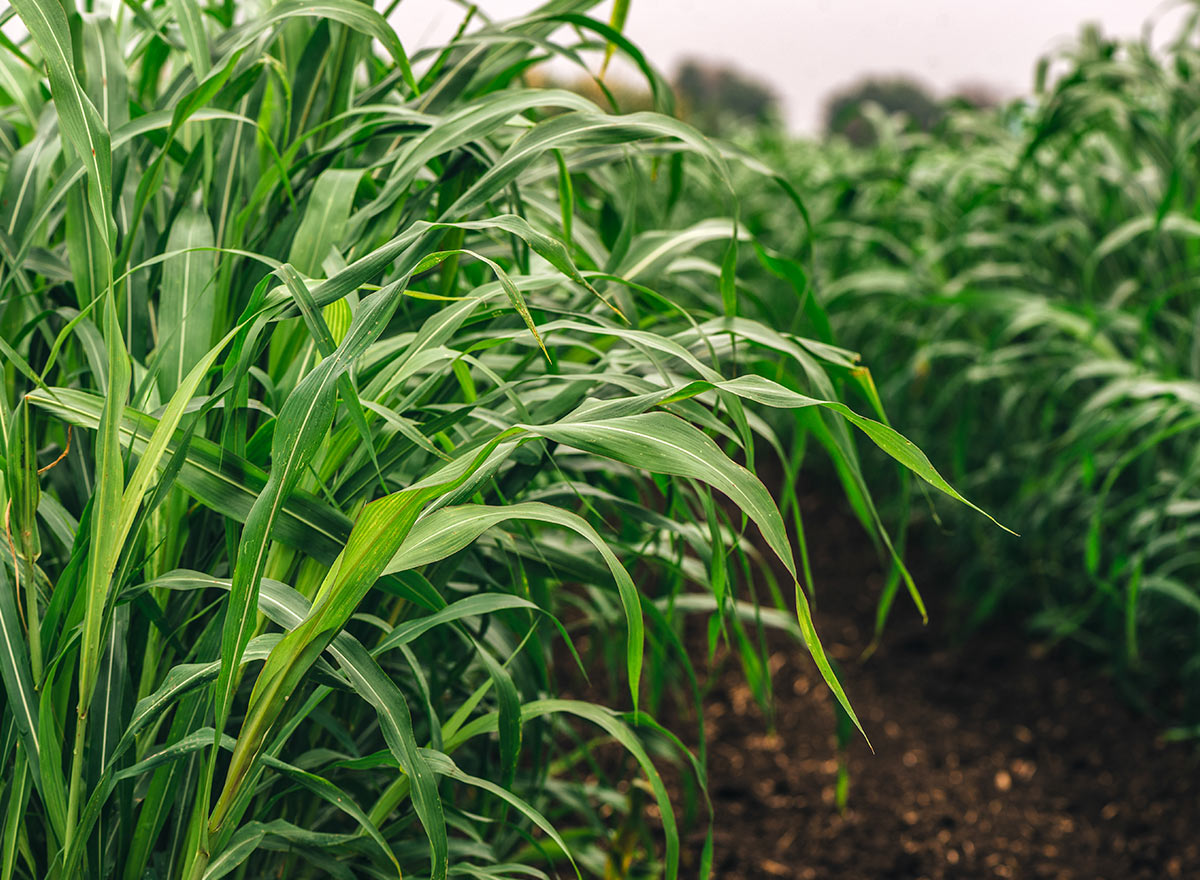
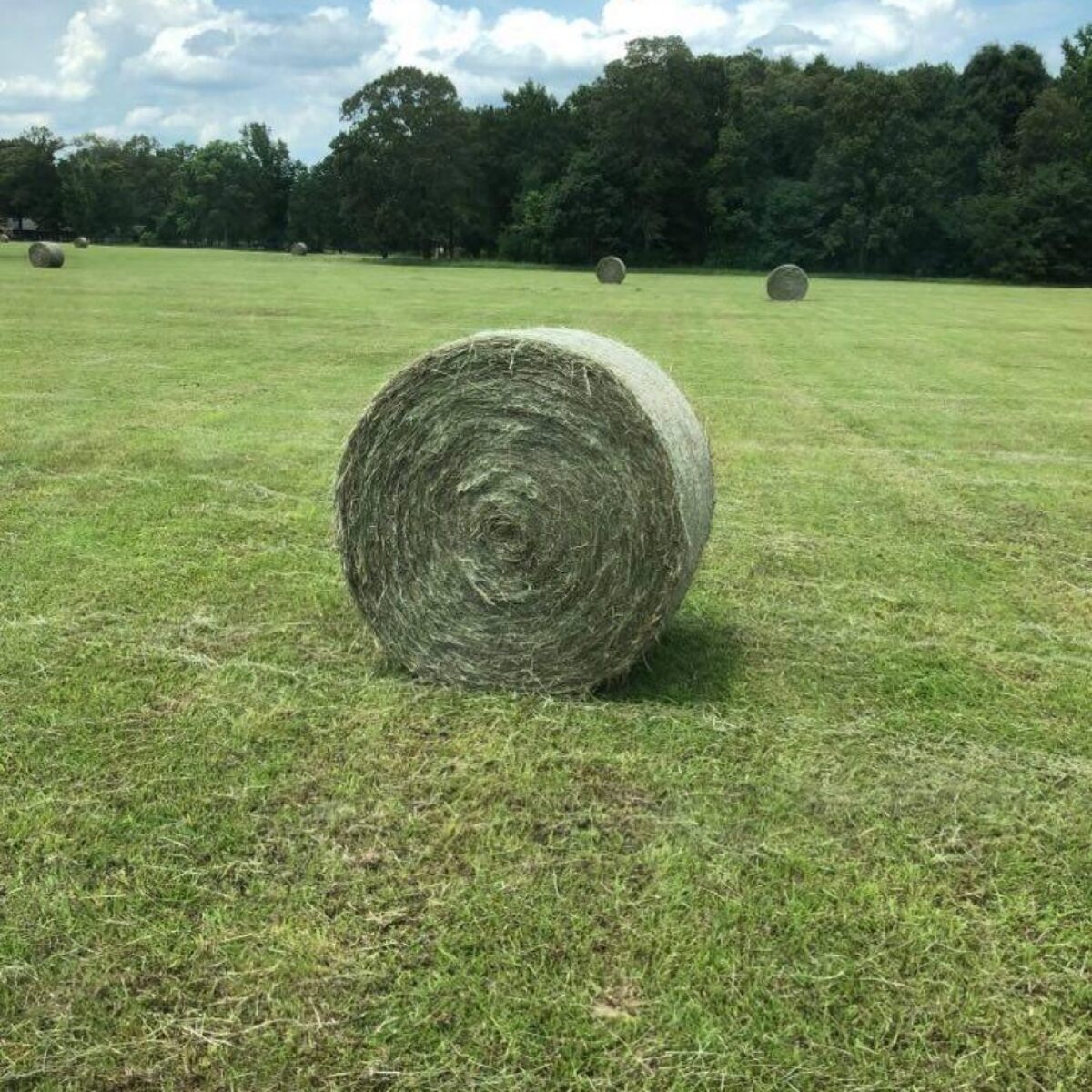
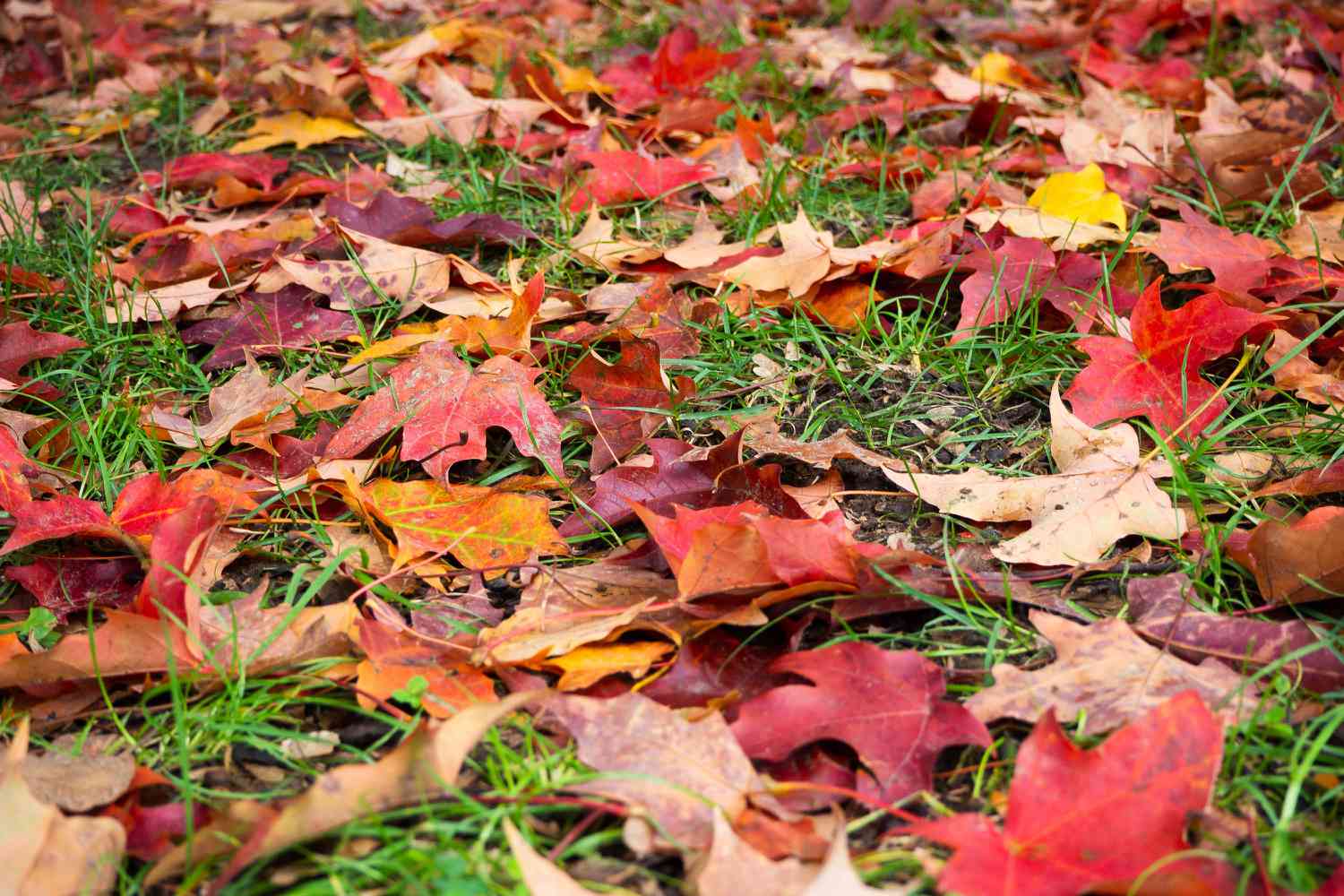
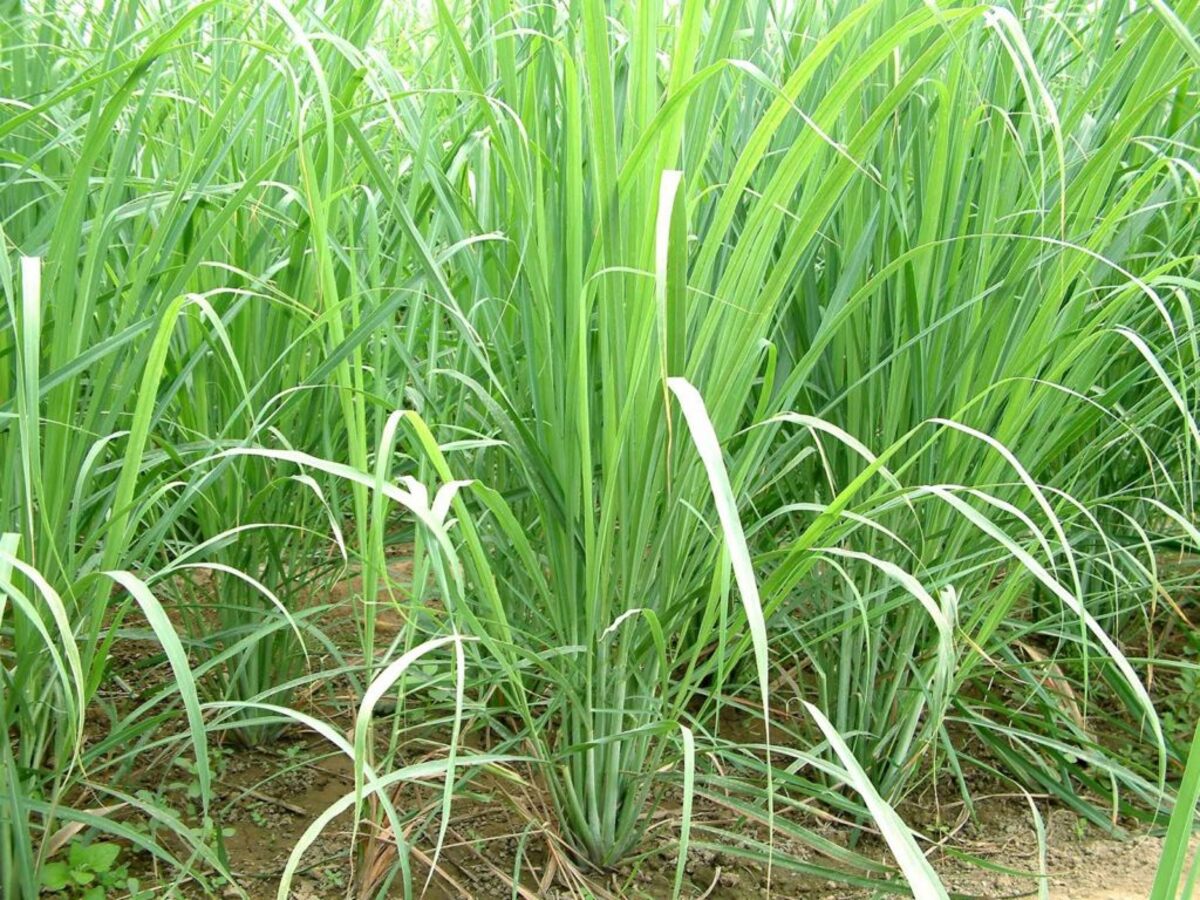
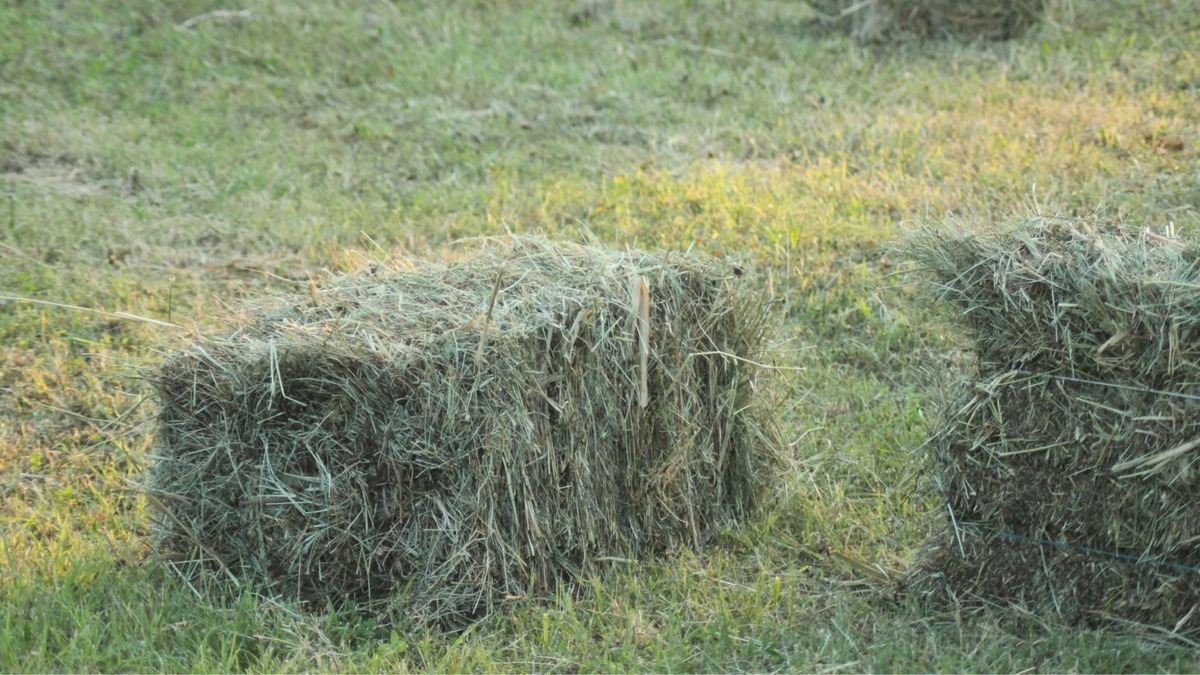
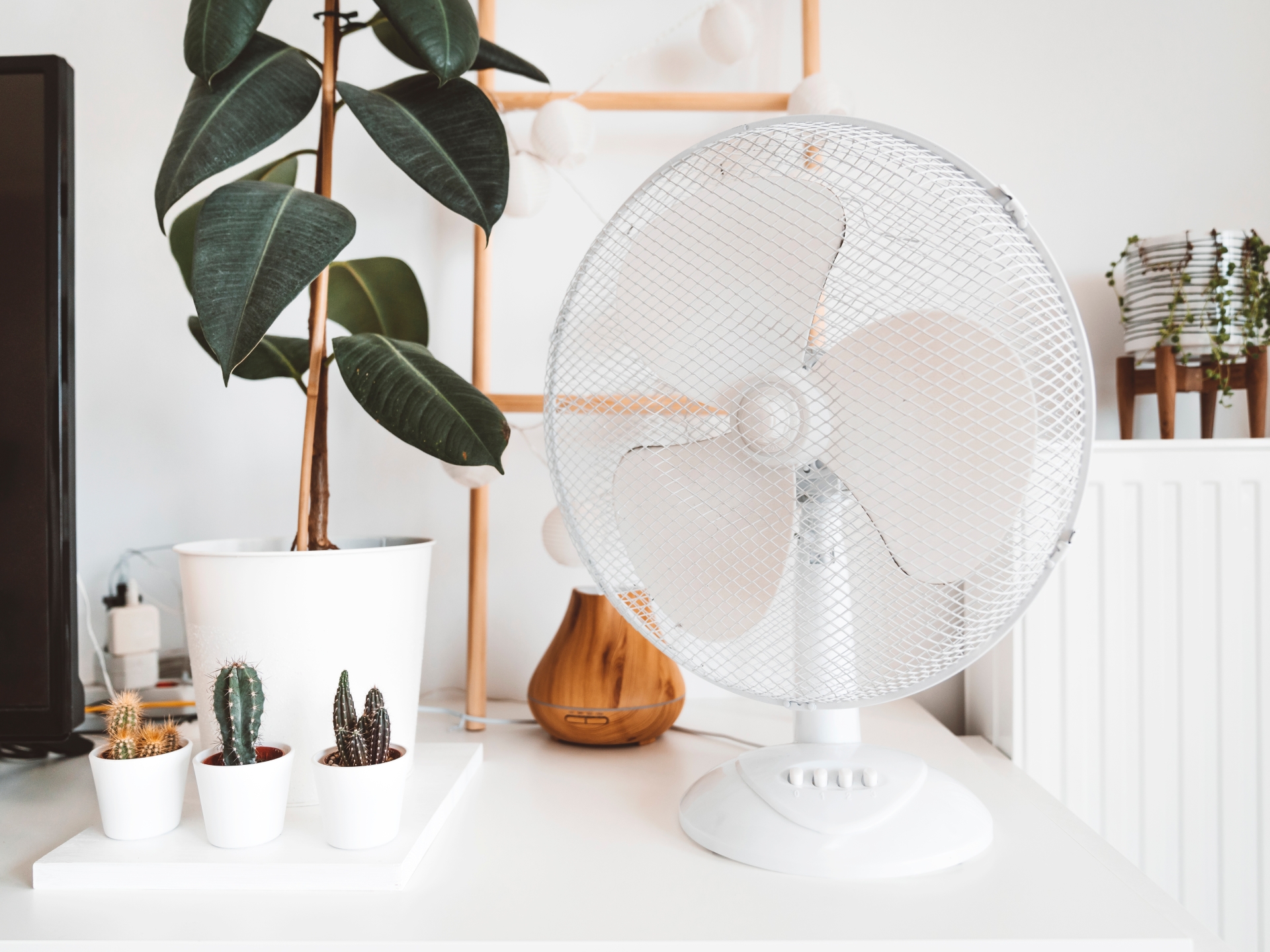
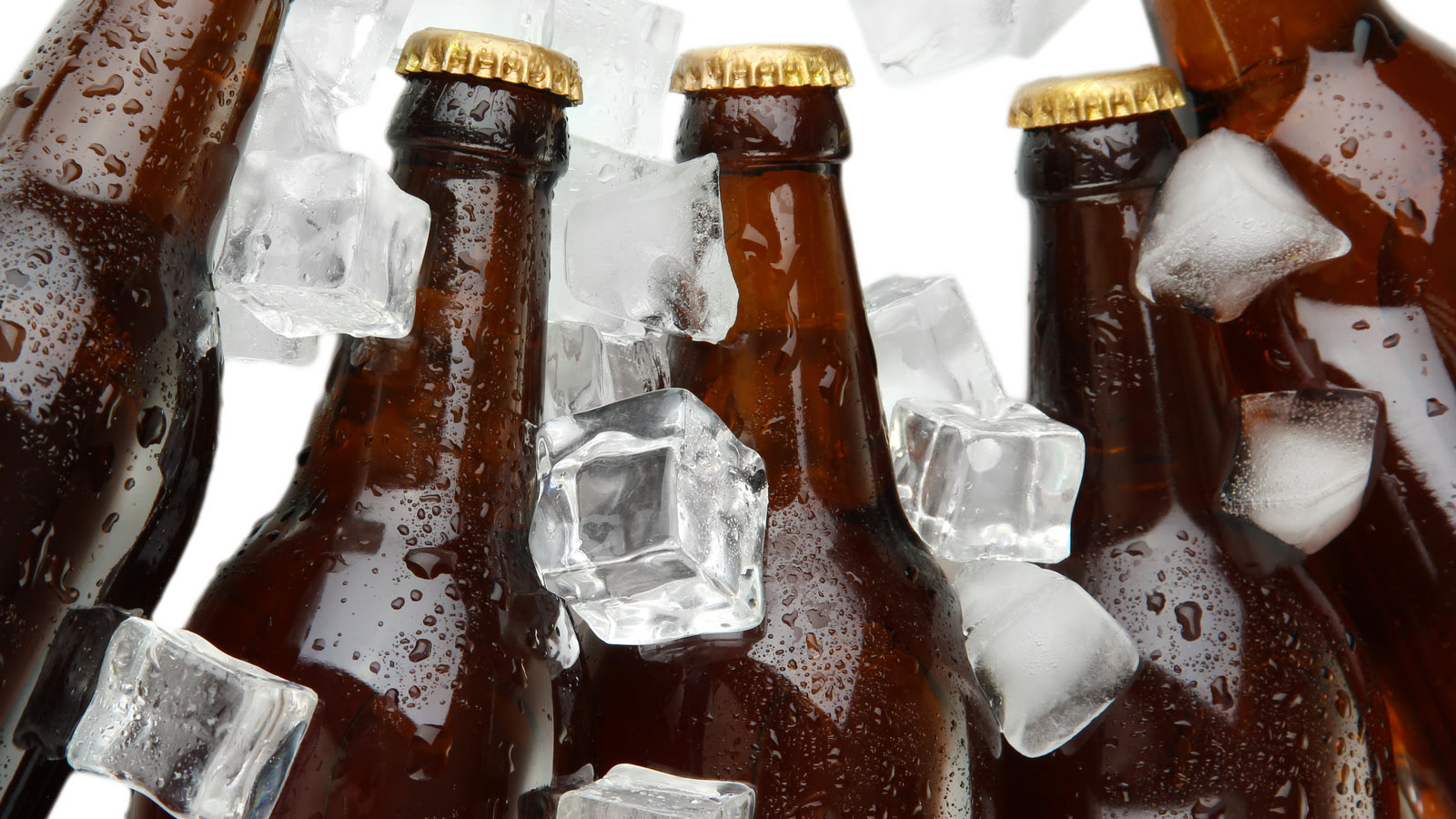
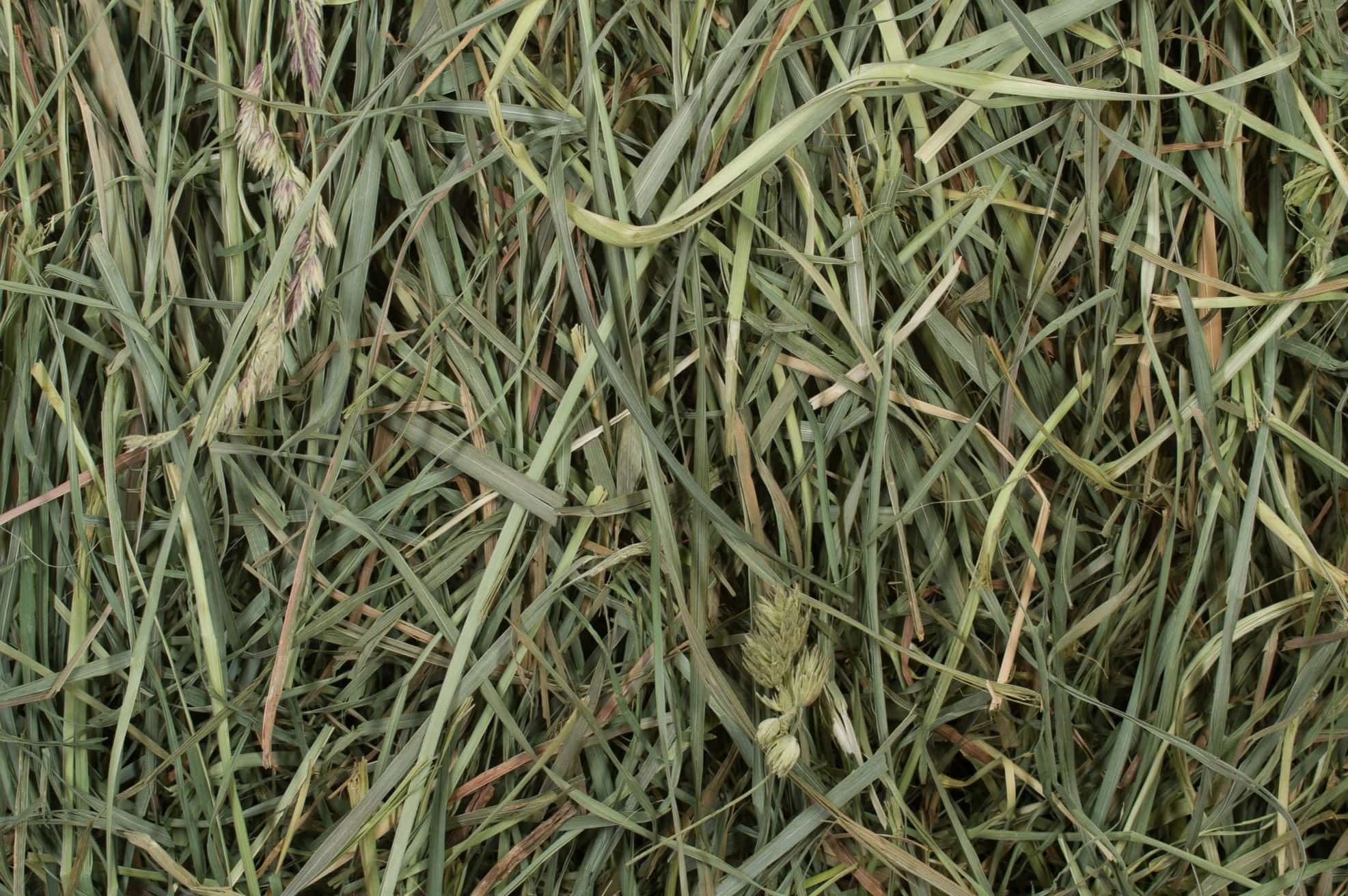
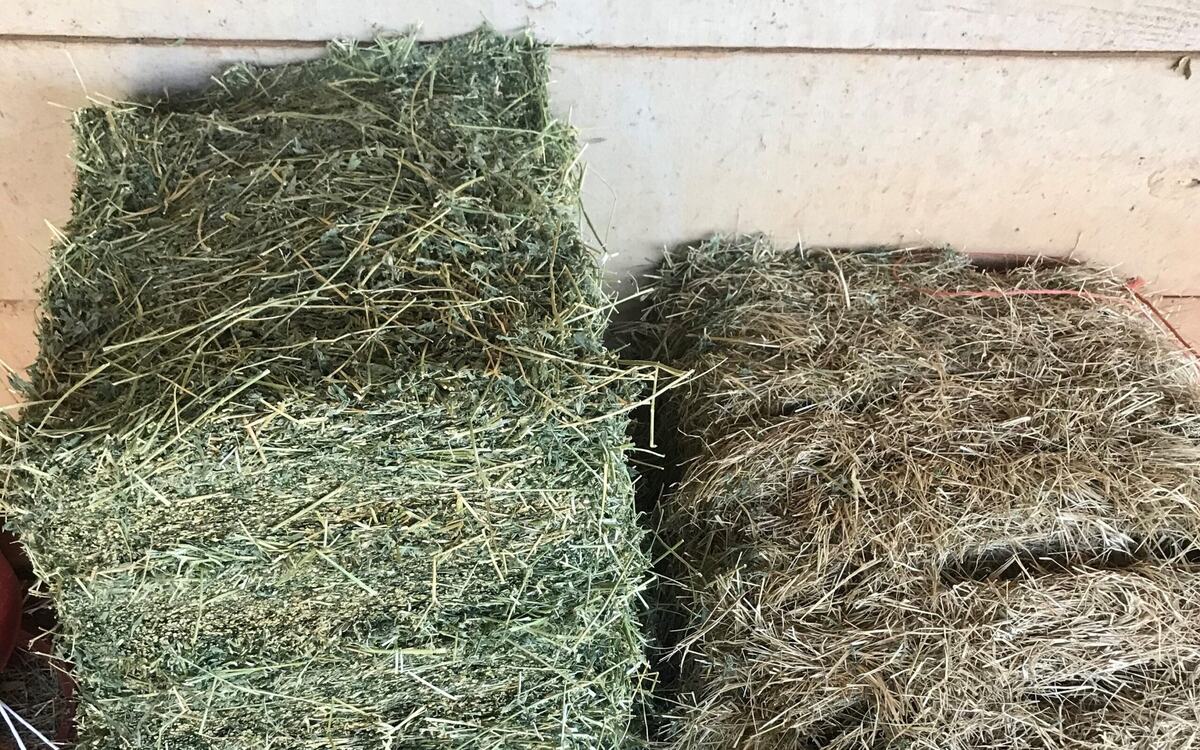


0 thoughts on “How Long To Leave Hay On Grass Seed”